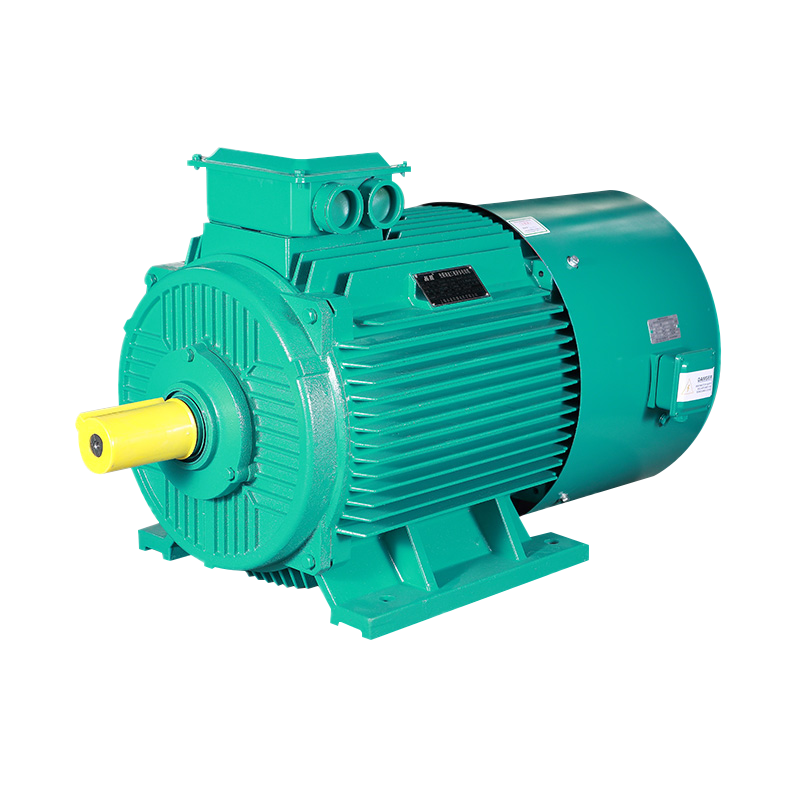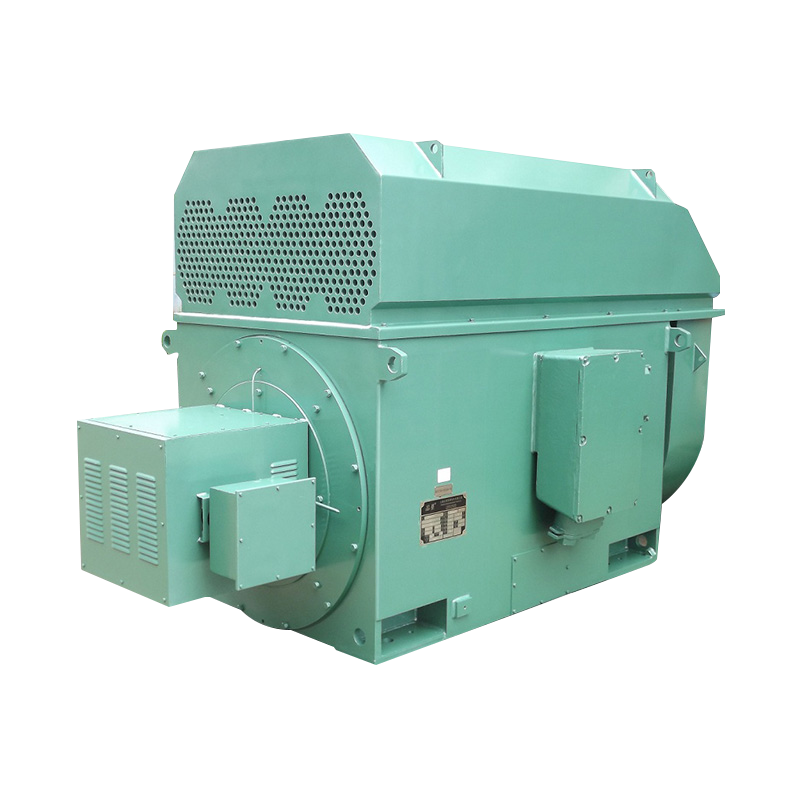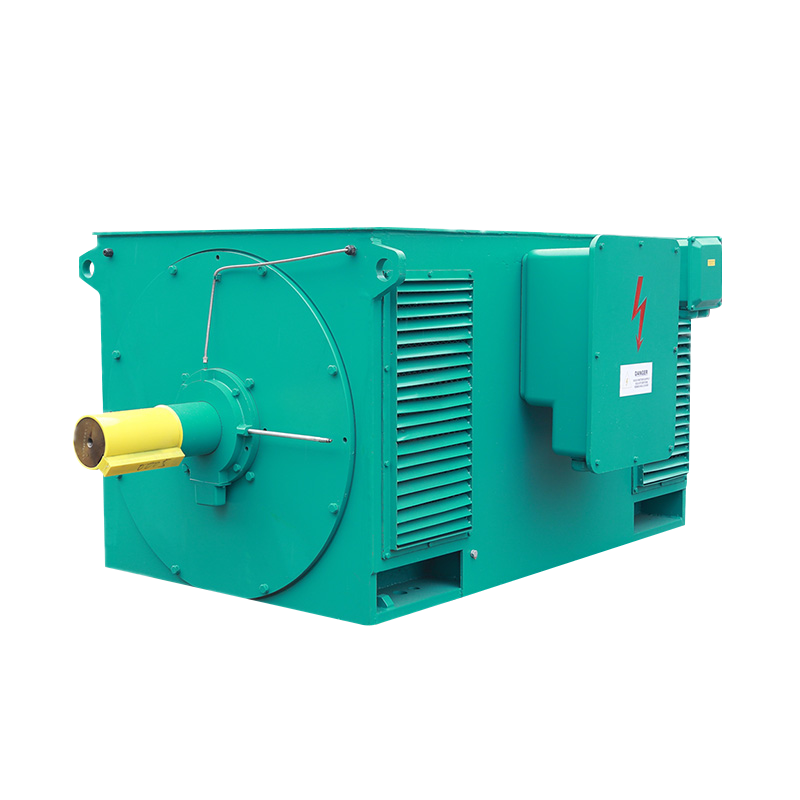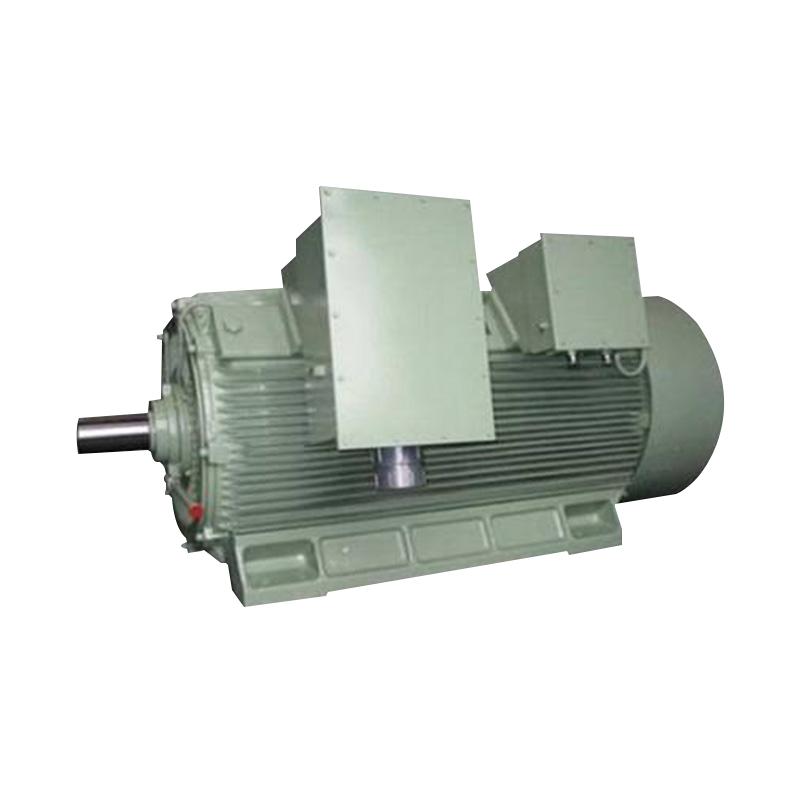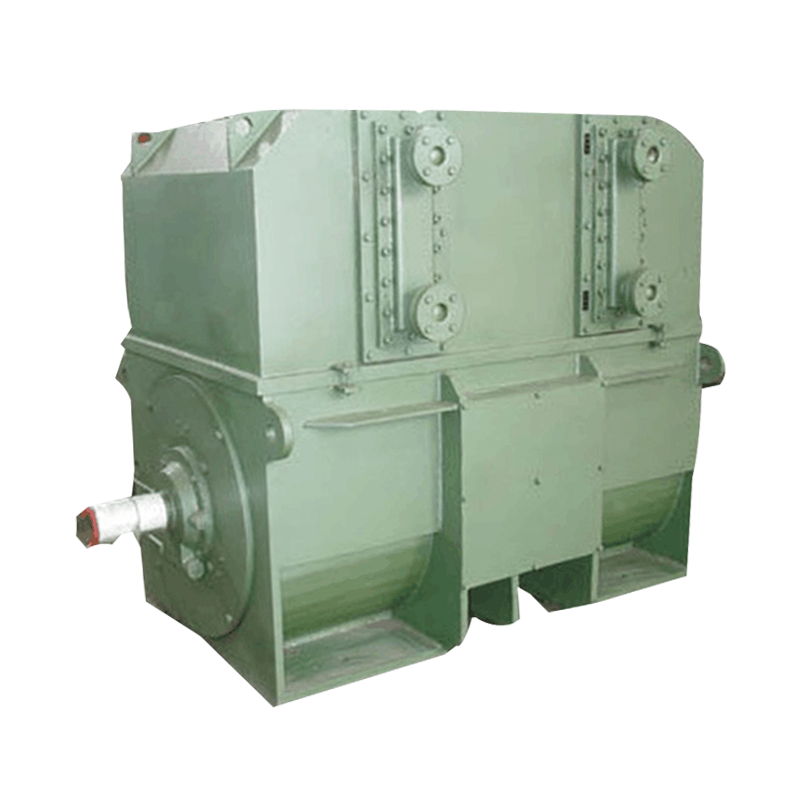How Can Industry Professionals Optimize the Selection and Operation of Low Voltage Explosion-Proof Motors?
The contemporary industrial landscape, particularly within sectors involving volatile substances such as petrochemicals, mining, and pharmaceuticals, demands the highest standards of equipment safety and operational efficiency. Central to this requirement is the deployment of specialized electrical machinery, exemplified by the YBX4 series of low voltage explosion-proof motors. These motors, specifically those spanning the H:80-355MM frame sizes, are not merely power sources but critical safety barriers. Understanding the intricate balance between their super high efficiency rating, mandated by international standards, and their core explosion-proof design is paramount for engineering reliability. Professionals must move beyond the basic function of torque generation and delve into the technical nuances that govern safe, long-term performance in hazardous classified environments. This comprehensive focus ensures that both productivity goals and stringent safety protocols are met without compromise.
Understanding the Critical Role of High-Efficiency Flameproof Motors in Industrial Safety
Technical Design and Safety Compliance in Hazardous Environments
The very concept behind the design of explosion-proof apparatus, often denoted by the ‘Ex d’ marking, is based on containment. The motor enclosure is engineered to be robust enough to withstand the pressure of an internal explosion of a flammable gas mixture, preventing the combustion from propagating to the external, potentially hazardous atmosphere. This containment relies on precisely machined flame paths—gaps and joints—that cool the escaping hot gases below the auto-ignition temperature of the external atmosphere. The YBX4 designation signifies an adherence to the highest energy efficiency classes, often IE4, which directly contributes to the intrinsic safety of the unit. A motor with superior efficiency inherently generates less waste heat during operation. In a controlled, flameproof enclosure, reduced thermal output is a significant safety advantage, as the risk of the motor's surface temperature exceeding the certified limit, or T-code, for the hazardous environment is substantially minimized. This intersection of energy-saving design and essential safety engineering defines the excellence required for modern industrial applications.
Evaluating Efficiency: Moving Beyond IE4 Performance Metrics
While the YBX4 series sets a benchmark with its IE4 efficiency, long-term industrial strategy involves looking ahead to emerging standards like IE5. The operational lifespan of a motor in continuous duty means that even marginal improvements in efficiency translate into substantial reductions in lifecycle costs and carbon footprint. When assessing the feasibility of motors with efficiency levels that surpass the IE4 rating, engineers must meticulously analyze the capital investment against the total cost of ownership, factoring in energy savings over a decade. Furthermore, higher efficiency directly correlates with lower operational temperatures, which in turn reduces the thermal stress on the winding insulation and bearing grease. This cascading benefit extends the Mean Time Between Failures (MTBF) and reinforces the motor’s ability to operate well within its designated temperature class (e.g., T4), providing an additional margin of safety in the most demanding hazardous locations.
Critical Considerations for Motor Selection and Installation
Precision Matching of Hazardous Zones: Gas Group and Equipment Protection Level
Selecting the correct flameproof motor is a non-negotiable process dictated by the specific properties of the flammable material present. The environment is categorized by its gas group (Group IIA, IIB, or IIC) and its zone (Zone 1 or Zone 2). Group IIC, for example, represents the most severe hazard, containing highly volatile gases such as hydrogen, and consequently requires a motor with the most robust enclosure design and narrowest flame path tolerances. The motor’s Equipment Protection Level (EPL), such as Gb for Zone 1 applications, must be aligned with the classified hazard level of the location. A motor certified for Group IIB is not automatically suitable for a Group IIC environment. A rigorous analysis of the hazardous atmosphere, including the material's auto-ignition temperature, is fundamental to ensuring the motor's certification—from its Ex-mark to its T-code—is an exact, reliable match for the operational environment, securing maximum protection.
Structural Dimensions: Installation Requirements for H80-355mm Frames
The standardized frame size range of H:80mm to H:355mm defines the motor’s critical mounting and shaft dimensions, which must comply strictly with international dimensional standards to ensure interchangeability and proper mechanical integration. Accurate installation is a prerequisite for maintaining the motor's long-term operational integrity. Incorrect alignment between the motor shaft and the driven equipment, such as a pump or gearbox, introduces excessive bearing loads and vibration. In an explosion-proof machine, this vibration can accelerate wear on the flameproof joints, potentially compromising the integrity of the enclosure over time. Therefore, the installation process must include precision laser alignment and secure, compliant mounting to the baseplate, ensuring the motor performs within its design limits for vibration and mechanical stress, thereby protecting the integrity of its Ex-d features.
Ensuring Longevity and Advanced Operational Strategies
Maintenance and Proactive Troubleshooting for Sustained Reliability
The long-term reliability of a flameproof motor is secured through a specialized preventative maintenance schedule that goes beyond standard electrical checks. Critical maintenance points include the examination of flame paths—checking for signs of corrosion, damage, or unauthorized modifications to the enclosure joints and covers, as any alteration can render the explosion-proof protection void. Proper bearing lubrication, using an approved high-temperature grease, is essential, given the motor’s continuous duty and the potential heat buildup in the contained environment. Furthermore, the integrity of the cable entry system, including the sealing compound and glands, must be rigorously maintained to prevent any ingress of the external explosive atmosphere. Immediate investigation into any abnormal operational characteristics, such as unusual noise, increased vibration, or surface temperatures that exceed the norm, is vital for preempting a catastrophic failure and safeguarding the hazardous area.
VFD Integration: Addressing Thermal Stress and System Compatibility
The use of Variable Frequency Drives (VFDs) offers considerable benefits in process control and energy savings but introduces unique electrical and thermal challenges for explosion-proof motors. The rapid switching of VFDs can impose high voltage spikes on the motor windings, necessitating the use of motors designed with specialized insulation systems, often referred to as "inverter duty." More critically for flameproof applications, VFD operation at low speeds can drastically reduce the cooling effect of the shaft-mounted fan, leading to significant internal temperature rises. Therefore, any motor destined for VFD use must be explicitly certified for operation with a drive, with the nameplate listing the specific speed and torque limitations (Constant Torque or Variable Torque) under VFD control. Proper system design requires not only a certified motor but also the use of shielded cables and specific grounding practices to mitigate electromagnetic interference and maintain the thermal profile required to preserve the motor's certified T-code.
- For a safe and reliable operation, always consult the motor's specific explosion-proof certification documents.
- Regularly inspect the integrity of all flameproof joints and cable glands to maintain the enclosure’s safety rating.
- Ensure that any replacement parts, particularly bearings or gaskets, meet the original manufacturer's specifications for explosion-proof equipment.






 English
English русский
русский Français
Français عربى
عربى
